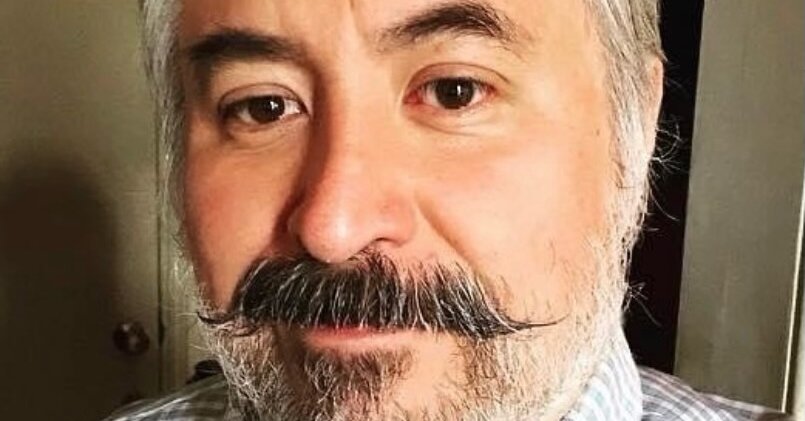
Mr. Enriquez lived in Park Slope and had been headed to brunch in Manhattan after avoiding the subway during most of the pandemic because he feared for his health, Griselda Vile, his sister, said in an interview.
She said her brother, who worked for Goldman Sachs, had texted his family about an hour before the attack asking about the health of their parents, who are in their 70s and have not been feeling well. Moments later, she said, he texted them directly.
“It’s horrific, this is a horror movie,” said Ms. Vile, 43, a public school teacher. She described her brother as “a special, jovial guy.”
The eldest of five children, Mr. Enriquez was born in Williamsburg to parents who had immigrated from Mexico, she said. He returned to the city in the 1990s after the family had moved to Washington State, where he attended college. Ms. Vile had followed him back to New York, but now, she said, she feels scared.
Fatal attacks are rare on the city’s buses and subways. Mr. Enriquez is the fourth person killed in the transit system this year, equivalent to the four who had been killed at this time last year, according to the most recent police statistics. And major felony crime on buses and subways represents just 2 percent of overall city crime, the same level as before the pandemic, though ridership is 40 percent lower.
The mayor, who has been urging New Yorkers to return to public transit and to offices to revive the city’s economy, lamented the “horrific” crime on Sunday and vowed that the gunman would be caught.
He said his administration would continue to boost police presence in the subways. “What the goal is, and what we’re going to continue to do, is the omnipresence of police officers,” he said.




